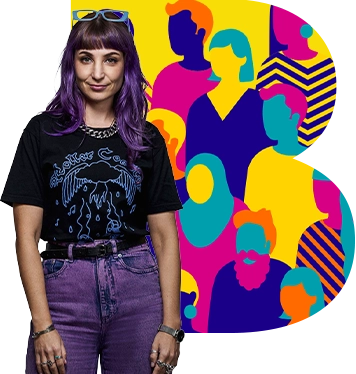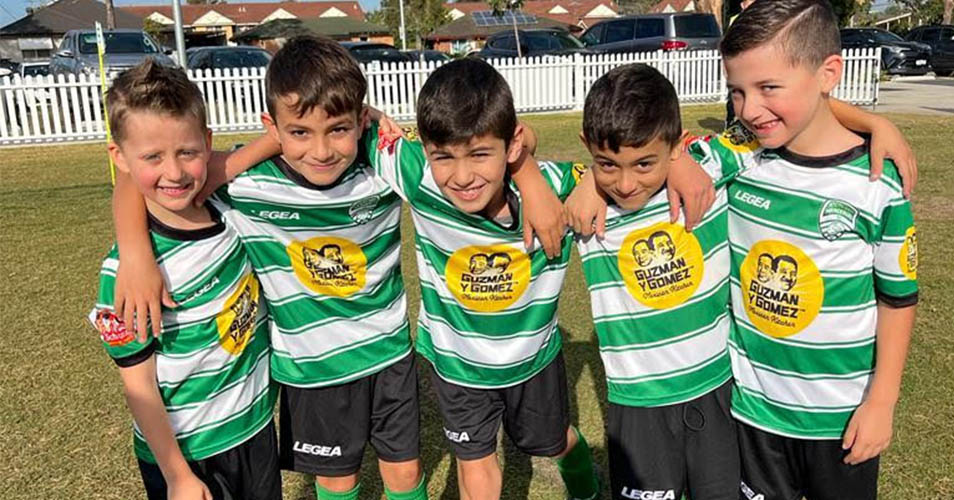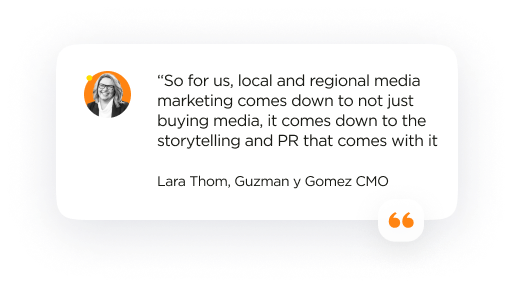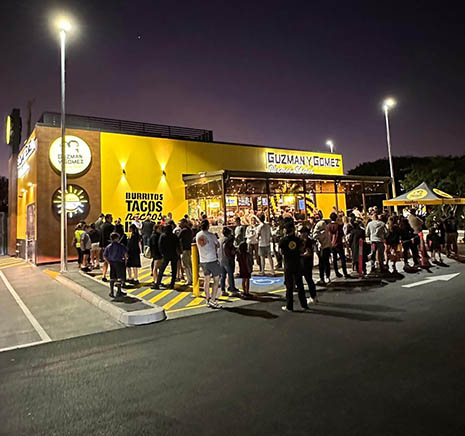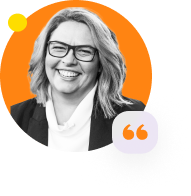Across GyG’s 180-store network, 36 are located in regional Australia. Overall, about 20% of the marketing budget is spent on regional media and audiences, either through national strategy or local area marketing activities, sponsorships and activations.
Thanks to legislated franchisee and corporate funding, GyG marketing dollars go back into supporting stores wherever they are located. As a result, Thom’s team is buying regional media for every national campaign undertaken.
“The accountability is on us to generate a return for our restaurants and every single restaurant must have a return generated,” Thom says. “I can’t just focus on Sydney CBD because that’s where I am Monday through Friday. We have to think about Toowoomba. We have to think about Townsville. We’ve got to think about Wagga, Kennington and over in WA as well. So we really are hyper-focused on regional areas.”
Thom agrees not all brands think this way, suggesting perceived economies of scale when buying metro media can see brands ignoring regional audiences and channels.
“The economy of scale I can get from spending on Sydney radio might cover 40 restaurants. But I’ve got to spend on Wagga radio too, and I’ll cover just one restaurant. That doesn’t mean a regional restaurant should suffer,” she says. “We’ve got to pay them back equally.”
And in Thom’s opinion, the return on investment is a fair one for marketers in regional Australia. “GyG is very focused on growth and sales. I never really look at the results of our campaigns on reach and impressions,” she says.
“I always look at how many people are coming through the doors, and if our revenue is up, or transaction numbers are up. If we have more people enjoying our food, more people signing up to our app, more people ordering delivery or coming through the drive-through, then our job is done. These are the things we measure success on.”


